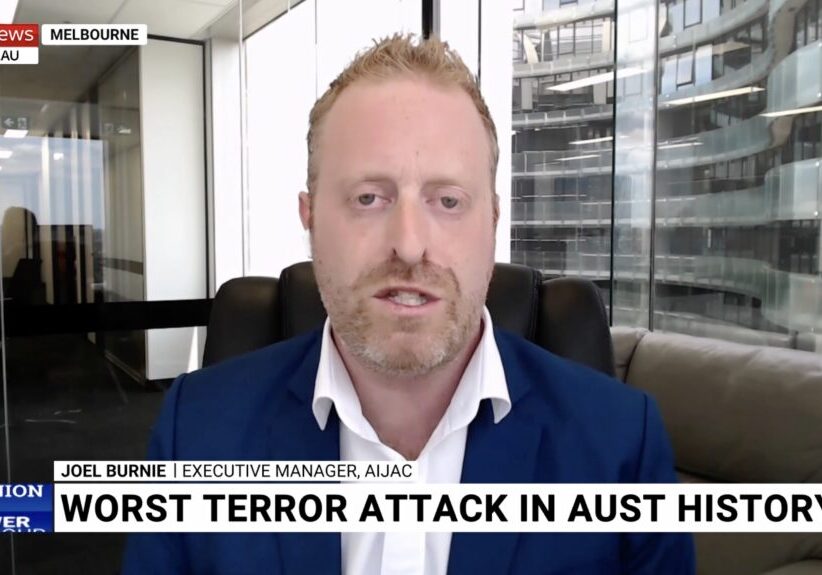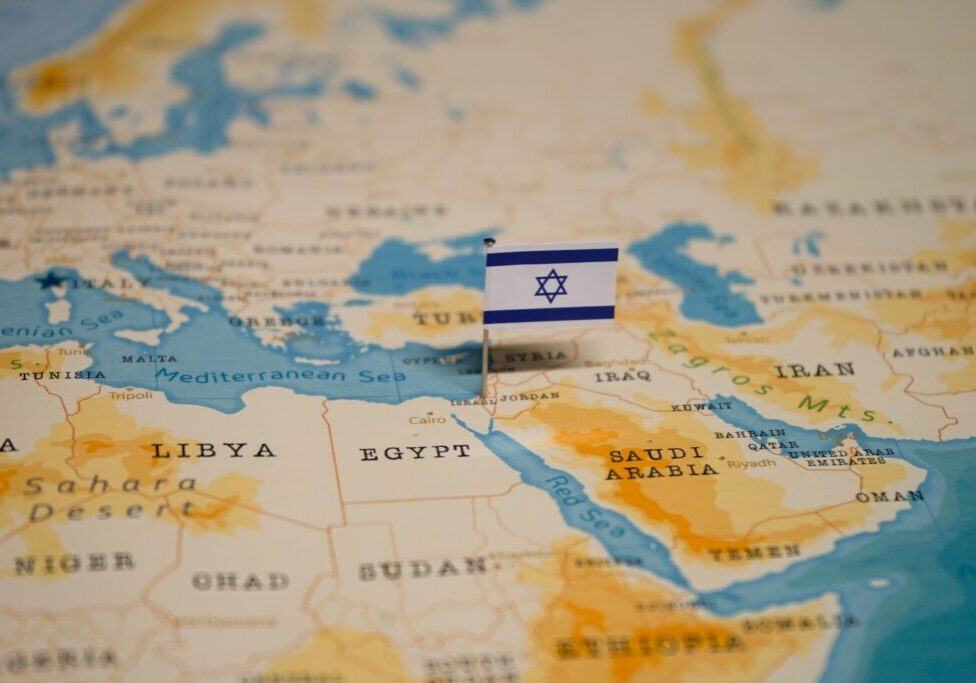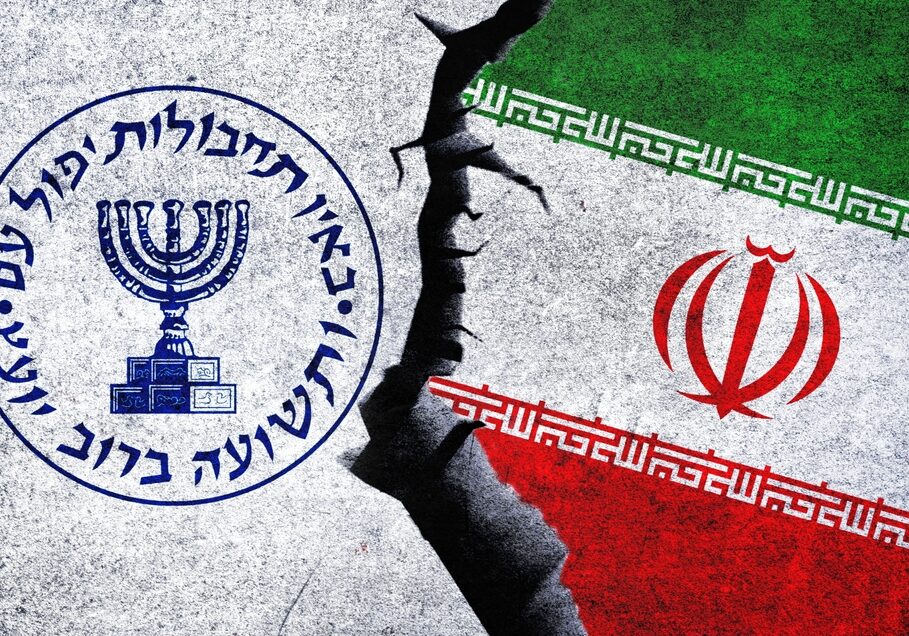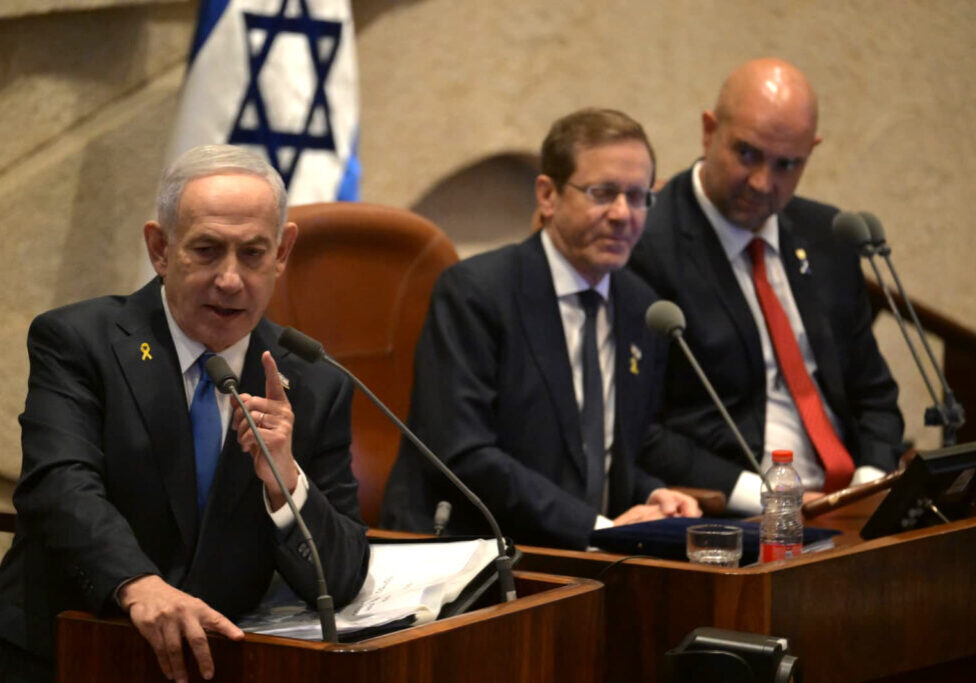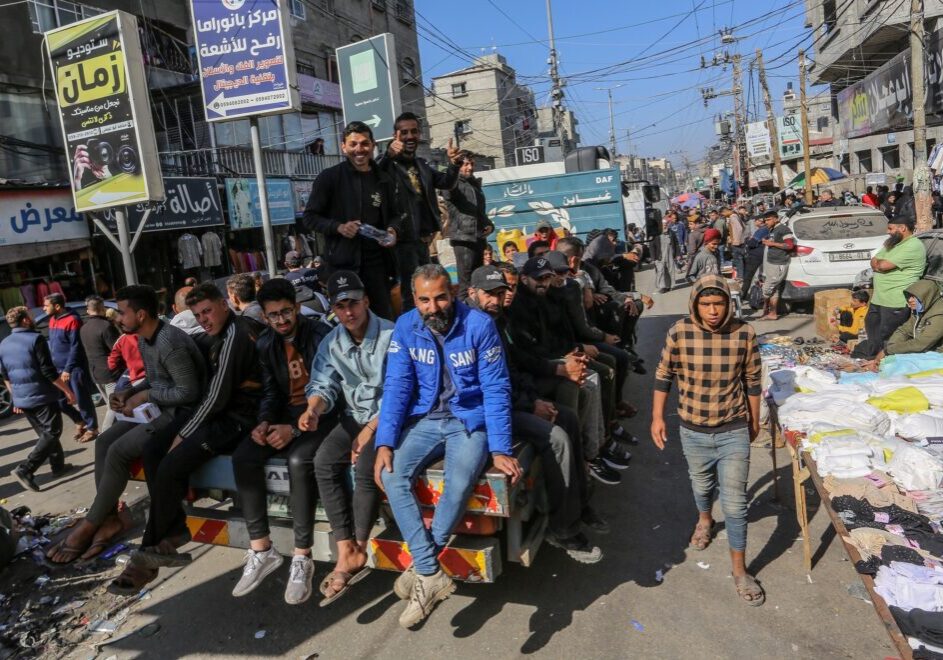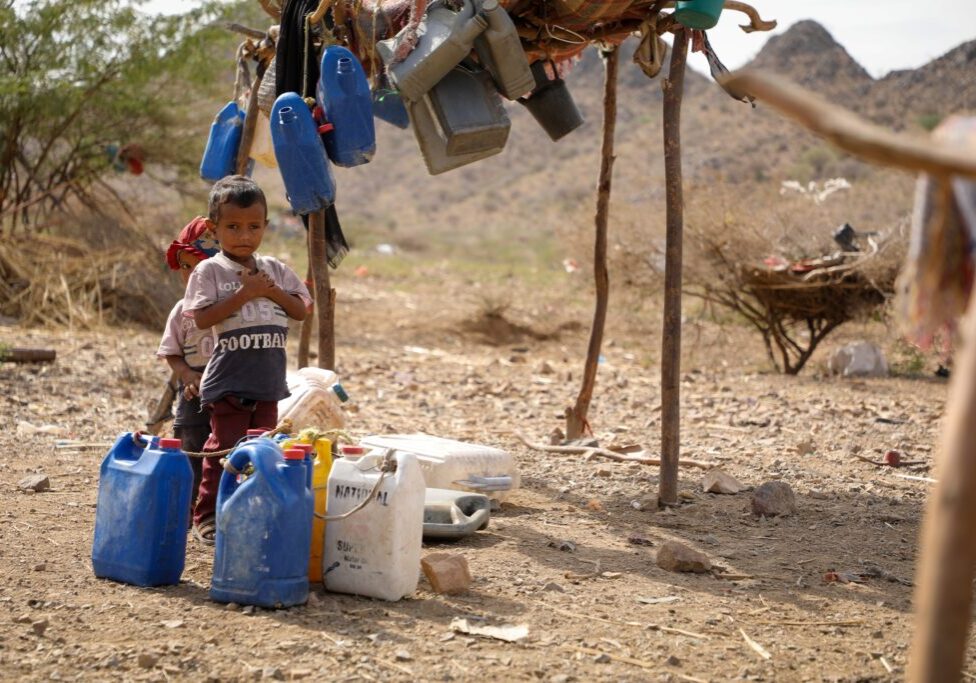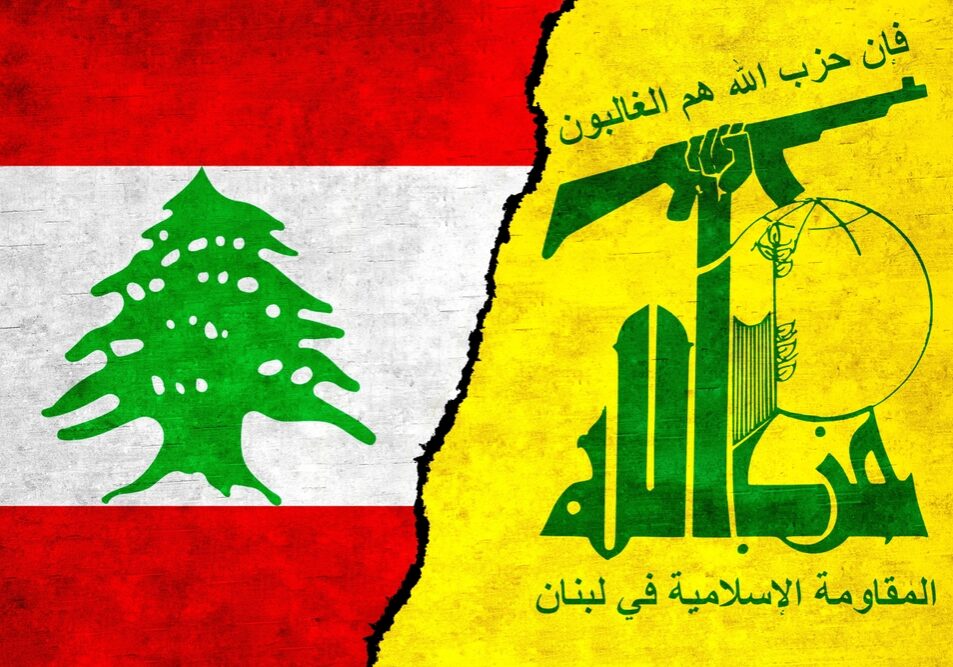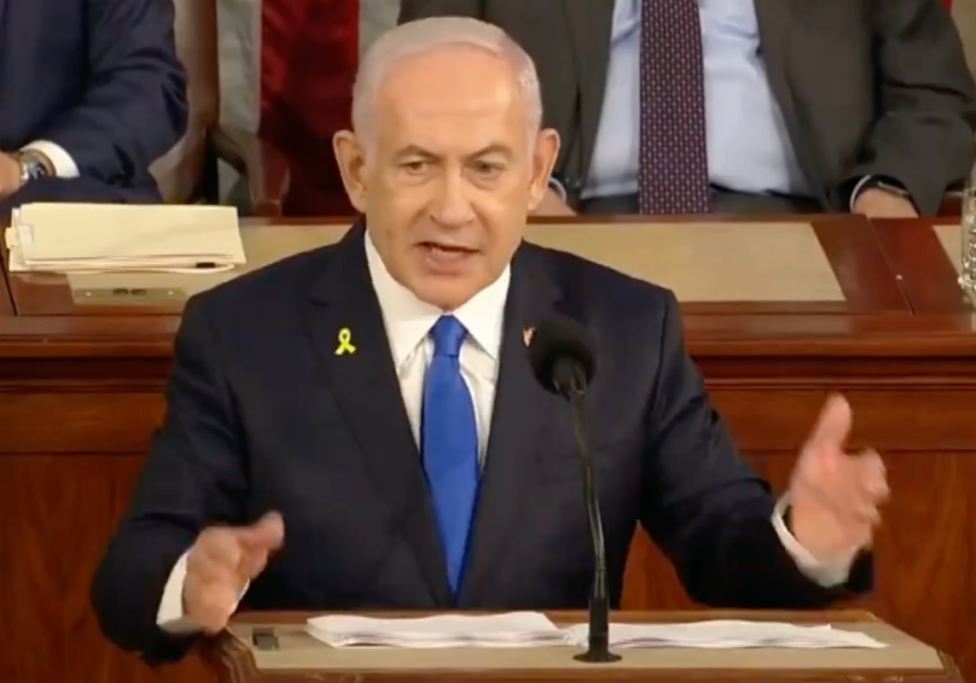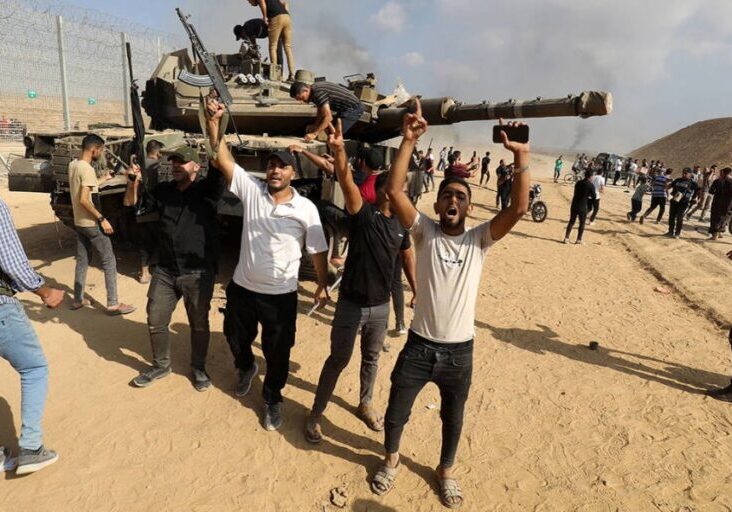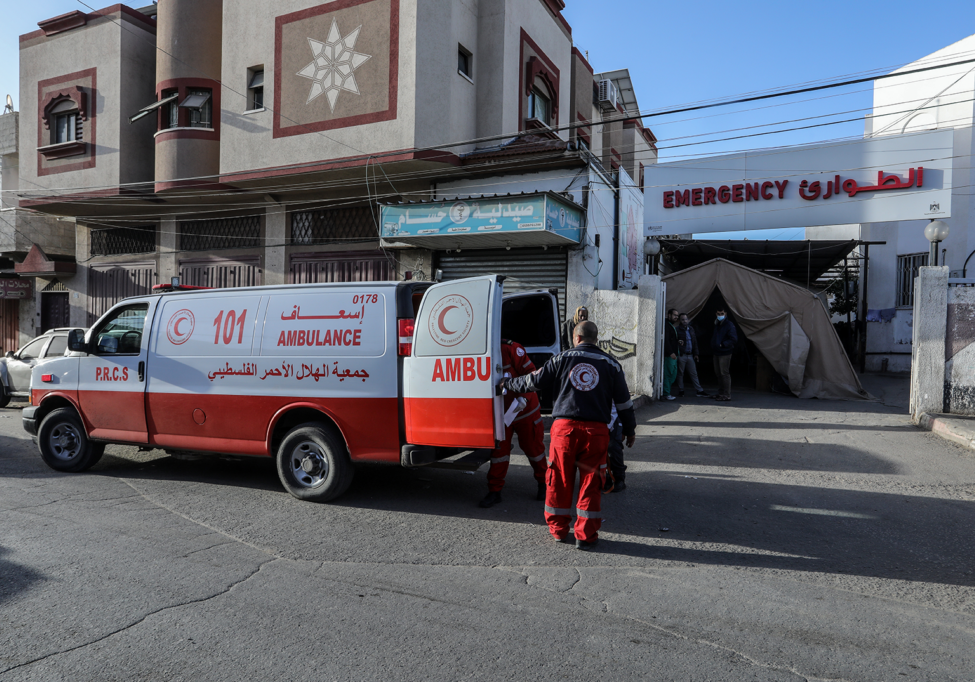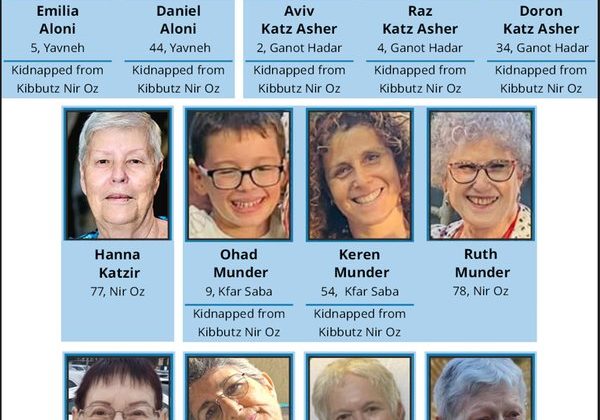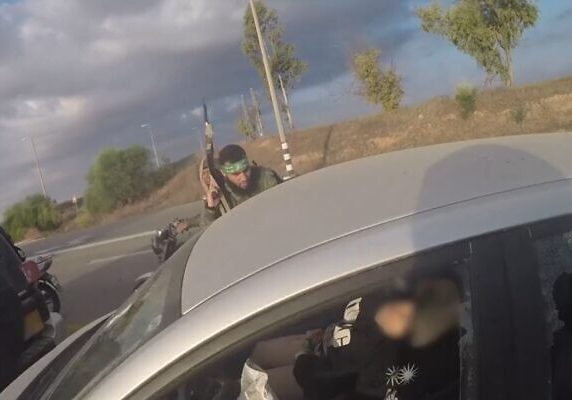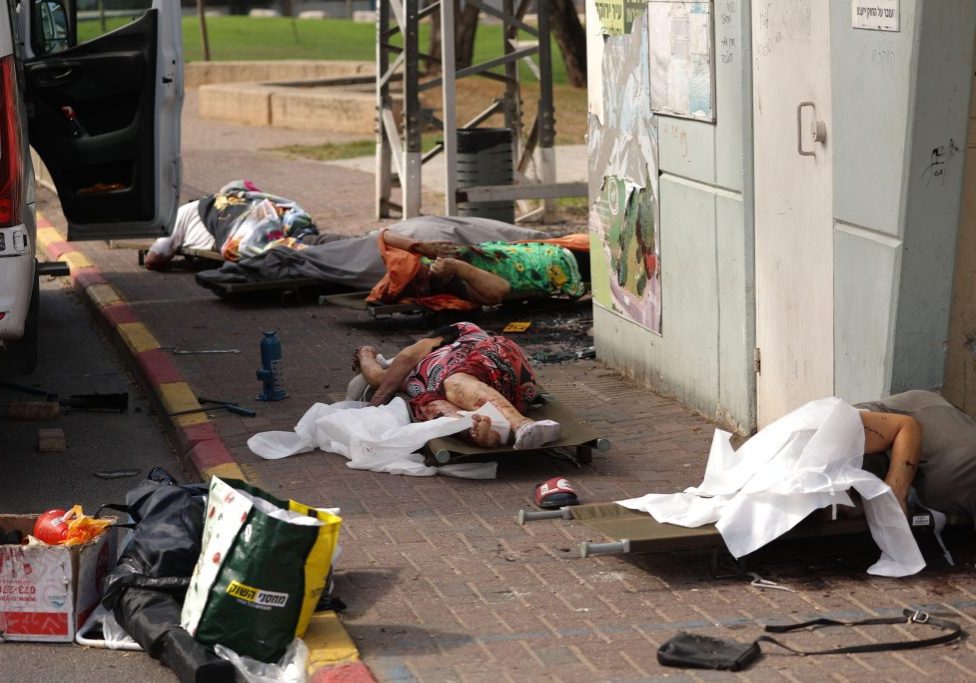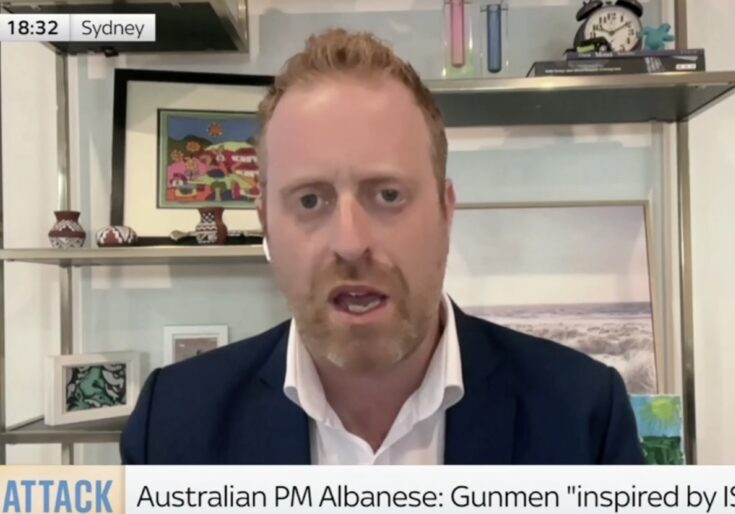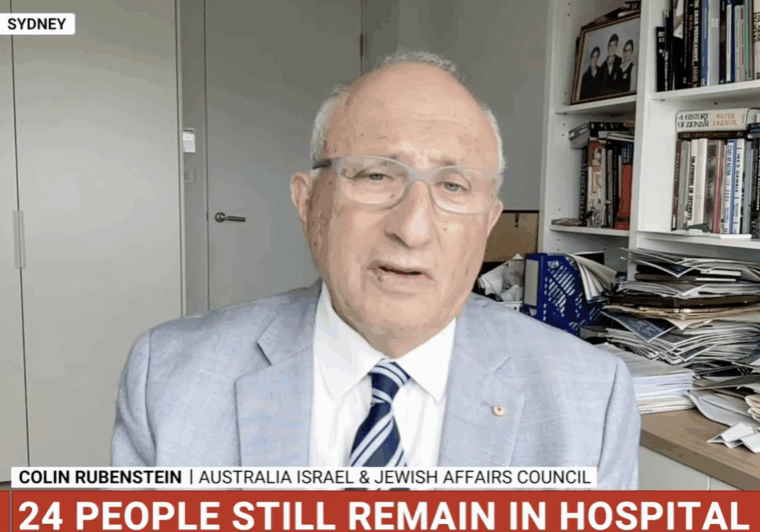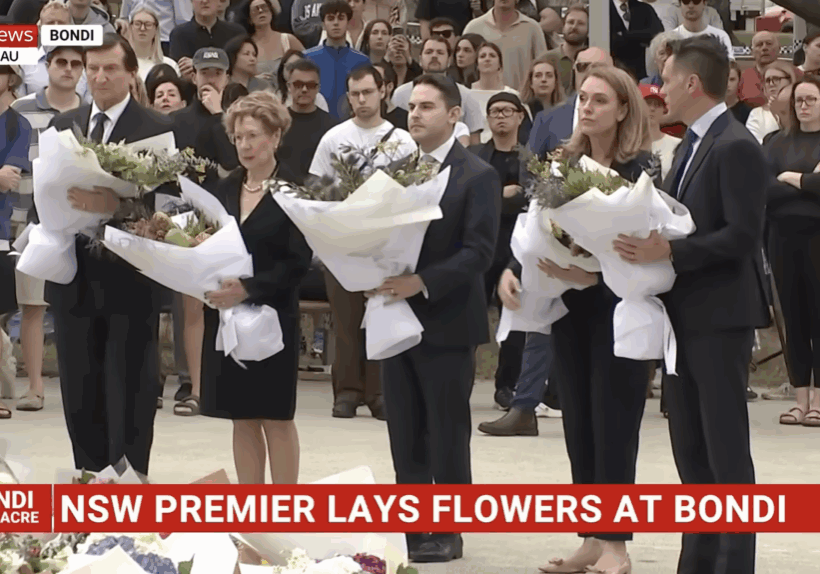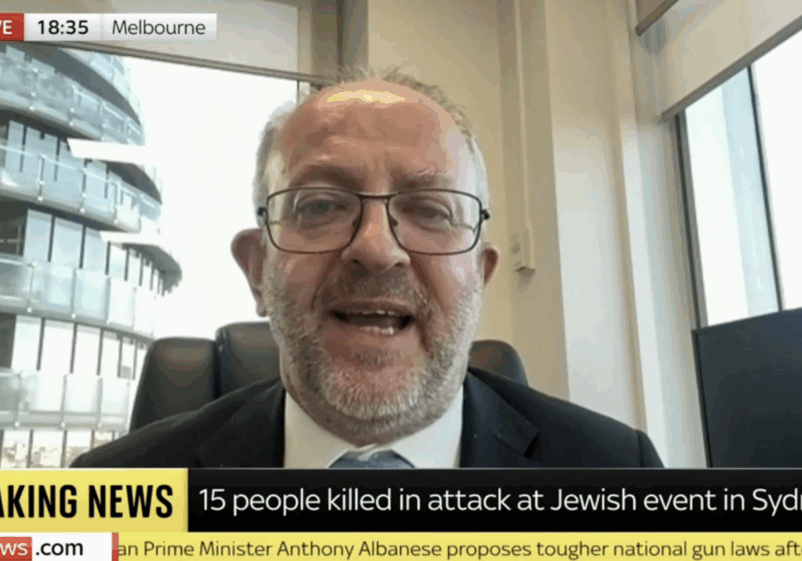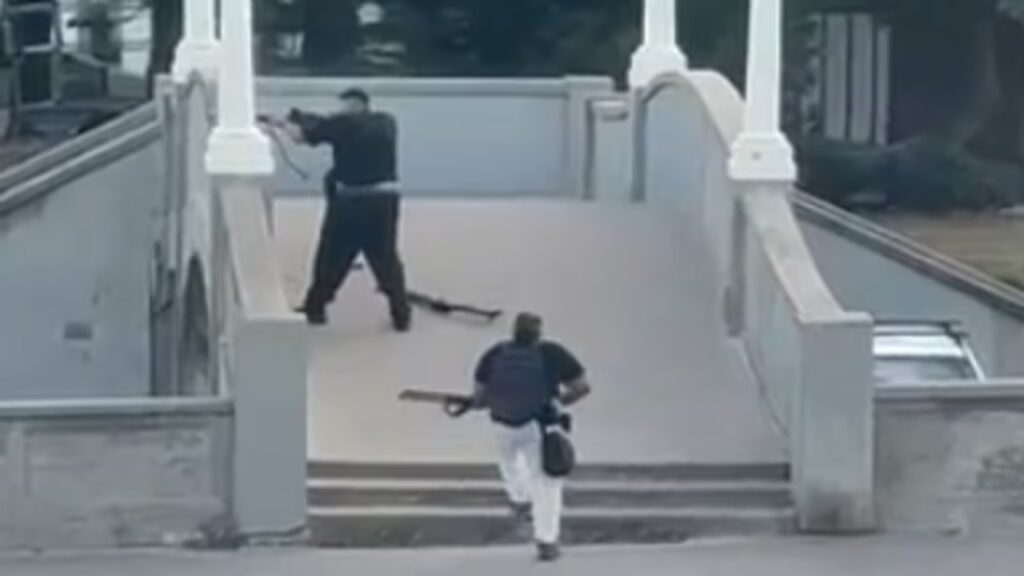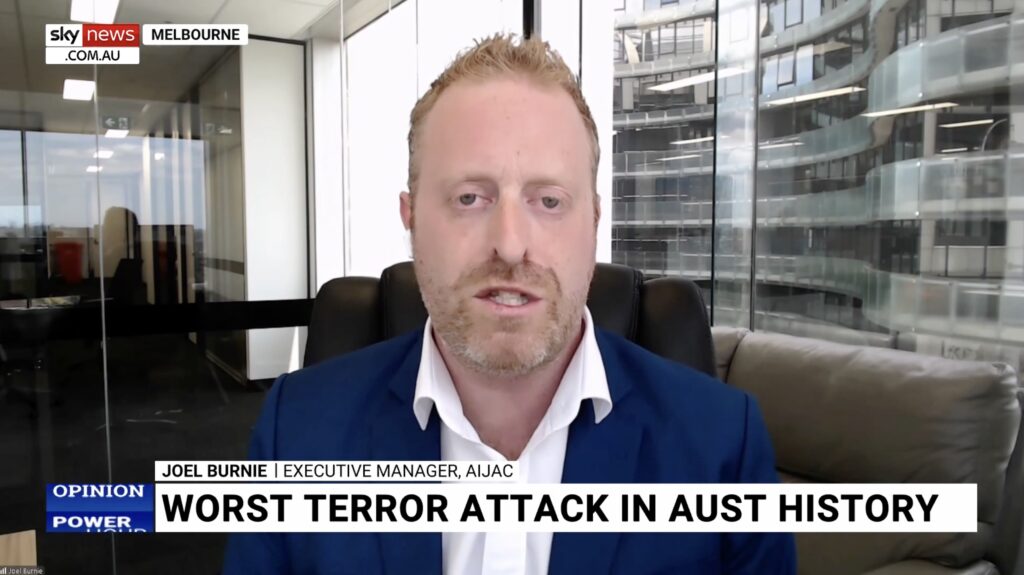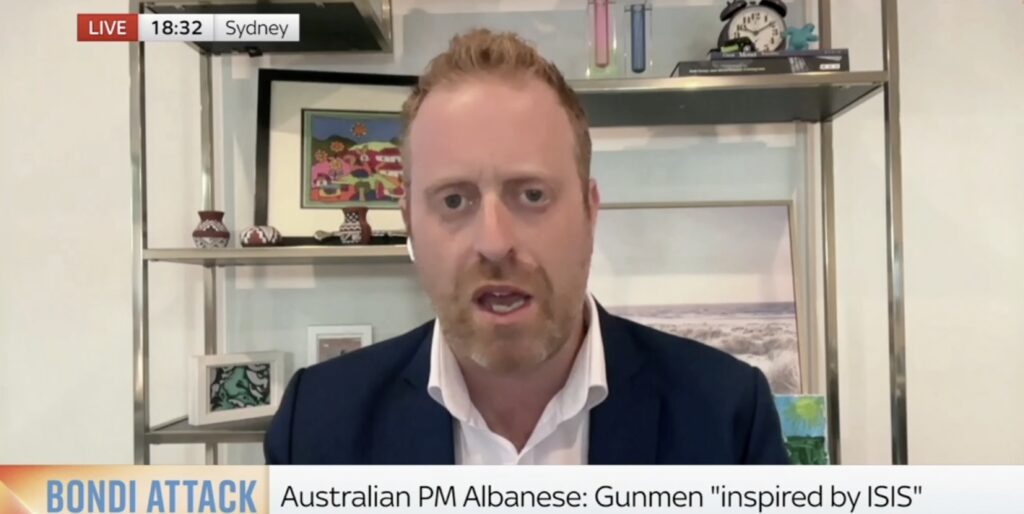FRESH AIR
New evidence continues to exonerate Israel in Rafah’s Tel al-Sultan tragedy
May 29, 2024 | Ahron Shapiro
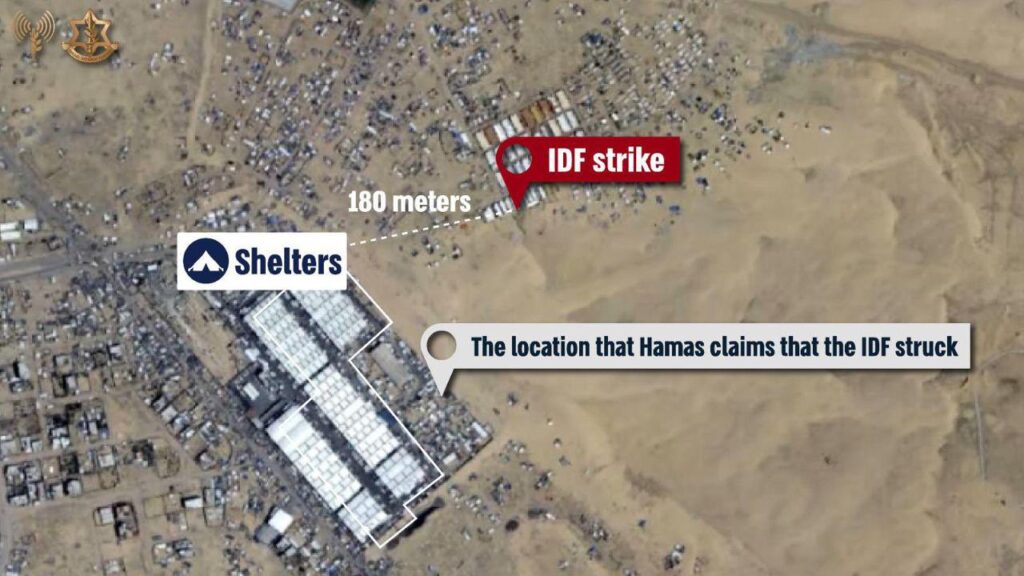
An ongoing IDF investigation into Rafah’s Tel al-Sultan fire that killed a reported 45 displaced Gazans on Monday after a targeted air strike on Hamas commanders in the neighbourhood has revealed more evidence that the fatal fire was not directly caused by Israeli munitions, but instead was caused by a secondary explosion in a Hamas ammo depot unknown to the IDF.
The AIJAC fact sheet published on May 28 laid out the basic facts of the incident, but the new revelations go further – with the IDF now going into detail about the smart bombs used in the air strike, and releasing a tapped phone call of Gazans discussing the incident and blaming Hamas’ storage of explosives in populated areas for the larger blaze.
Initially, as I reported on May 28, speculation reported by the US network ABC suggested the fire might have been caused by shrapnel that hit some unseen fuel tank. The phone call between two Gazans is now considered to be the best intelligence available.
A transcript of the phone call follows:
First speaker: And they say that they [Hamas terrorists that were bombed] sat in a meeting and that there is [a facility] and in addition, they had ammunition. Because all the ammunition that started exploding. Bags of money were flying in the air, Abu Rafik.
Second speaker: These [the ammunition that exploded] were really ours
First Speaker: Yes, this is an ammunition warehouse. I tell you it exploded… I mean the Jewish bombing wasn’t strong. It was a small missile, because it didn’t create a large hole. And afterwards [there were] a lot of secondary explosions.
At the same time, the IDF has also released a couple of key aerial photos that further help make it clear that Hamas explosives – not Israel’s – likely caused the tragedy.
The first, which I’ve provided in the embedded Tweet below, shows that the tent cluster for displaced persons where the tragic fire occurred was 180 metres from the bombing site – that is, the distance equivalent to the length of the pitch at Melbourne’s MCG. That is a buffer distance that in military terms would have normally been more than adequate to keep the residents of the displaced persons area safe from any effects of the small smart bombs used in the strike on the two Hamas commanders targeted, Yassin Rabia, and Khaled Nagar.
The targeted strike in Rafah, 1.7 km from the humanitarian area, used precise munitions carrying 34kg of explosives to eliminate 2 senior Hamas terrorists.
We are looking into the possibility of secondary explosions from a Hamas ammunition warehouse near the civilian compound… pic.twitter.com/DicBs9BVUd
— Israel Defense Forces (@IDF) May 28, 2024
A second aerial photo released showed that a Hamas rocket launch site between the air strike target and the tent camp [to be precise, 43 metres away from the target and around 137 metres from the tent camp]. This lends credence to the idea that Hamas had hidden rocket stores somewhere in the vicinity of the air strike.
The other observation to be made based on that photo is that it is yet more evidence that Hamas both launches its rockets from populated areas, including adjacent to displaced person encampments, and stores explosives near these places.
Abu Ali English, a popular account on the X social media platform that circulates fresh news about Gaza War related developments as well as terror attacks in and around Israel, combined these two new pieces of evidence into one post, embedded below.
Two new pieces of evidence prove #Hamas responsible for #RafahOnFıre incident, as posted here yesterday:
1. incriminating conversation between two Gazans
2. satellite images of rocket launchersBoth indicate a Hamas weapons warehouse, hidden inside the #Rafah camp, caused fire. pic.twitter.com/VsGQ7Sq5k6
— AbuAliEnglish (@AbuAliEnglishB1) May 28, 2024
Meanwhile, AIJAC’s own X feed provides an excellent update of the situation in an eight-minute briefing by IDF Spokesperson Daniel Hagari. As the Times of Israel summarised from the briefing:
“The strike was conducted using two munitions with small warheads, suited for this targeted strike,” Hagari said, adding that the 17-kilogram weapons are “the smallest munitions that our jets can use.”
“Following this strike, a large fire ignited, for reasons still being investigated. Our munition alone could not have ignited a fire of this size,” he said.
“Our investigation seeks to determine what may have caused such a large fire to ignite. We are looking into all possibilities, including the possibility that weapons stored in a compound next to our target, which we did not know of, may have ignited as a result of the strike,” added Hagari.
“Our munitions alone could not have ignited a fire of this size” IDF Spokesperson Daniel Hagari pic.twitter.com/VmEmlezNz7
— AIJAC (@AIJAC_Update) May 28, 2024
While the investigation is not over, the US Biden Administration, which has previously warned Israel that it would consider suspending the delivery of certain armaments to Israel if it disapproves of the IDF’s handling of the battle against Hamas in Rafah, has refused to consider the Tel al-Sultan incident as a breach of that understanding, as the Times of Israel reported:
Pentagon deputy spokesperson Sabrina Singh said during a briefing that the US continues to view the IDF’s activity in Rafah as “limited in scope” and noted that American “security assistance [to Israel] continues to flow.”
Tags: Gaza, Hamas, Israel, Operation Iron Swords, Palestinians, Rafah
RELATED ARTICLES
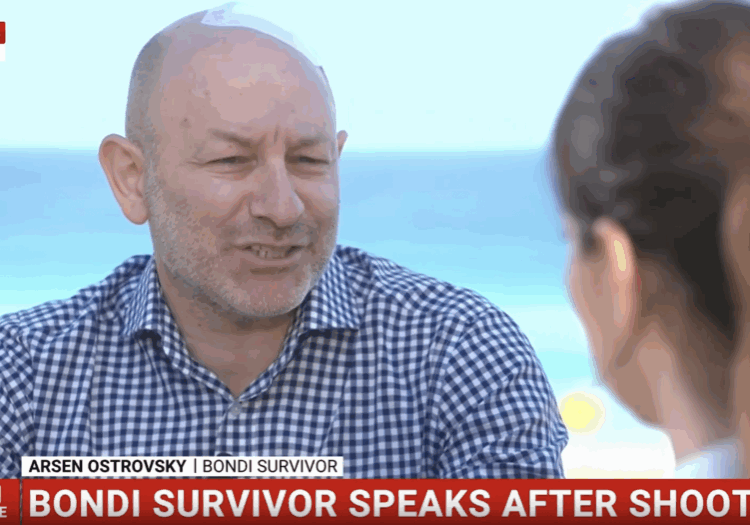
“My first reaction was ‘I need to know where my family is'”: Arsen Ostrovsky on Sky News
